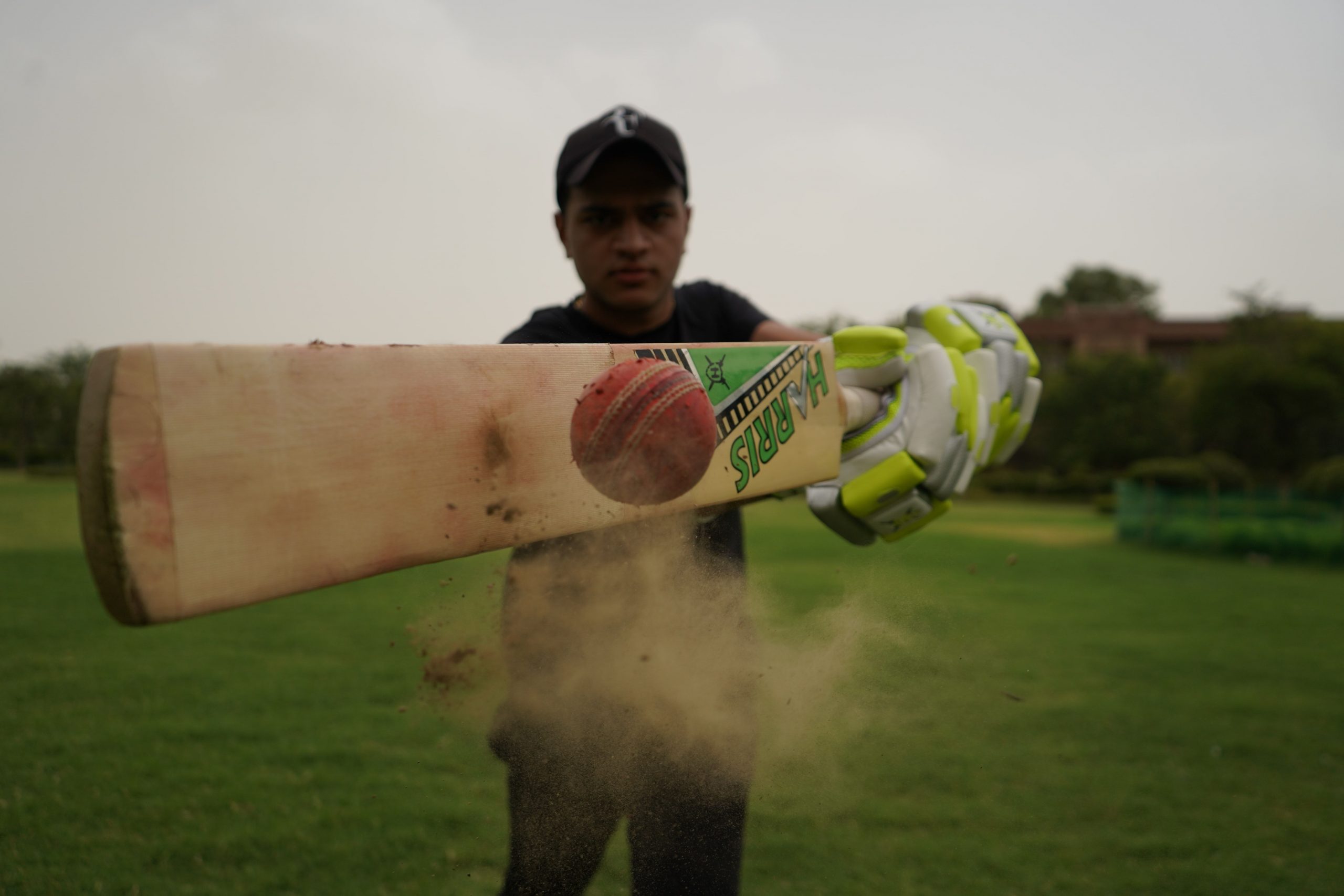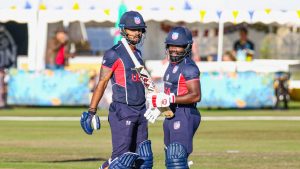India’s Virat Kohli and Suryakumar Yadav finished with strike rates of 138.98 and 193.96 respectively in the Super 12s in the T20 World Cup, which also featured two individual centuries from South Africa’s Rilee Rossouw and New Zealand’s Glenn Phillips with strike rates of 163.86 and 114.64.
Also Read| Hardik over Pant? Fans ask after Pandya promoted to No 5 vs England
What is strike rate in cricket and how is it calculated?
In the game of cricket, strike rate refers to two different statistics. The faster a hitter scores runs, which is the main objective of hitting, the higher the batting strike rate, which is expressed in runs per 100 balls.
Lower is better when it comes to bowling strike rate, which measures how rapidly a bowler takes wickets, which are calculated in balls per wicket. The economy rate is a metric that is more frequently mentioned among bowlers.
After One Day International cricket was introduced in the 1970s, both strike rates were just recently created and given significant consideration.
The average amount of runs scored for a batter per 100 balls faced is known as the batting strike rate (s/r). A hitter is better at scoring rapidly the greater their strike rate.
The ability to score runs without being out is more important in Test cricket than a batter’s strike rate. Thus, batting average rather than strike rate is typically seen as the most significant metric for a Test batter.
Also Read| Hardik Pandya hit wicket after death over heroics inT20 World Cup semifinal vs England : Watch
The value of strike rates is much greater in limited overs cricket. The faster a hitter scores, the more runs the team can score as each side only sees a certain amount of balls in an inning. In Twenty20 cricket, strike rates exceeding 150 are becoming more prevalent.
In one-day cricket, strike rate is arguably viewed by most as the most important factor in a batter. Therefore, batsmen with greater strike rates are valued more highly than those with lower strike rates, particularly in Twenty20 matches.
The ability of a hitter to score runs against various bowling styles (such as fast bowling and spin bowling) is also compared using strike rate, which frequently indicates to the bowling team how successfully to limit a batter’s ability to score.
Bowling strike rate
The average number of balls a bowler throws per wicket is referred to as bowling strike rate. A bowler is more adept at fast getting wickets the lower his strike rate.
Although bowling strike rates were initially established as a metric to complement the batting strike rate during the rise of one-day cricket in the 1980s, Test cricket is probably more significant than One-day Internationals. This is due to the fact that a bowler’s primary objective in a Test match is to take wickets, whereas in a one-day match it is frequently sufficient to bowl economically, conceding the fewest number of runs possible even if this results in taking fewer wickets.
Also Read| Hardik Pandya takes charge, India set target of 169 runs for England
The total number of runs scored in an innings must be divided by the quantity of deliveries faced by a batsman in order to get the batting strike rate. The batting strike rate is the result of multiplying this ratio by 100.
In cricket, the number of balls bowled during an innings must be divided by the number of wickets taken in order to determine a bowler’s strike rate. The bowling strike rate is calculated using the following formula: (Balls bowled in an innings) / (Wickets taken)







